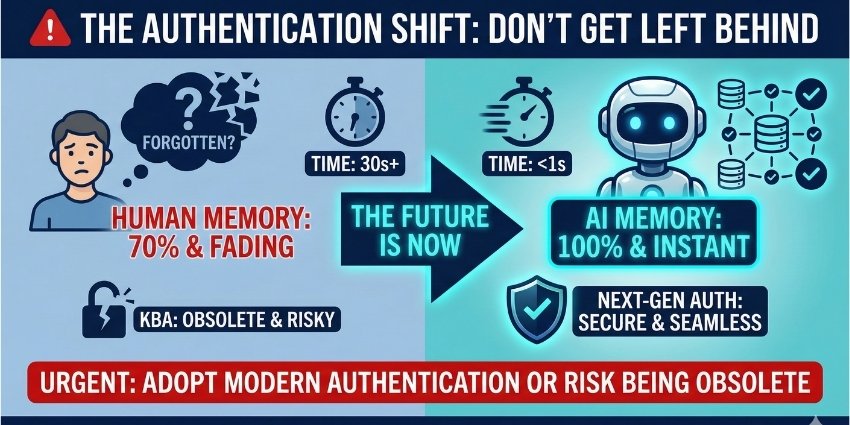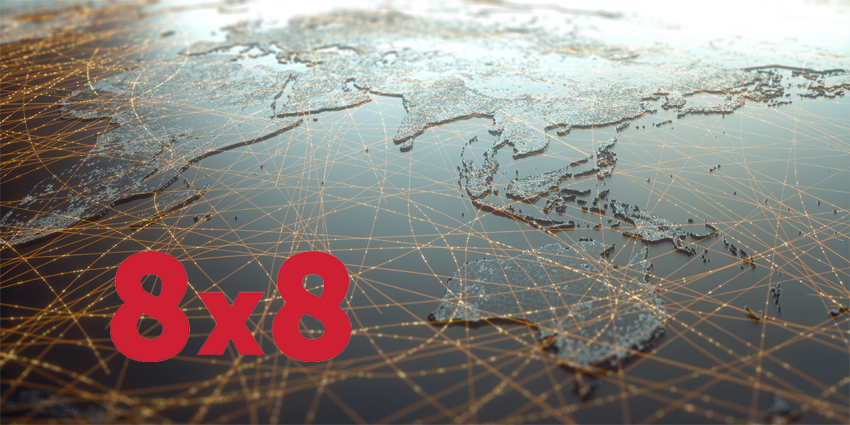A report by Gartner has found that 62 percent of customer service channel shifts are “high effort”.
When self-service fails to provide a solution, a laborious transition to assisted channels results in worse customer experience outcomes.
Indeed, fewer than half of the customers affected opted for self-service on their next interaction.
Conversely, Gartner’s December 2022 survey of 1,492 B2B and B2C customers revealed that seamless transitions between channels are critical to positive CX outcomes and future self-service uptake.
Eric Keller, Senior Director, Research in the Gartner Customer Service & Support practice, said: “Many customer service and support leaders worry that creating easy transitions to assisted channels will undermine their self-service goals.
Our research shows the opposite is true: 74% of customers who experience easy transitions to a customer service rep say they’ll return to self-service next time.
“Despite resolving their issue in assisted service, these customers are just as likely to use self-service in the future as those whose issues were fully resolved using self-service.”
Gartner’s research measured the effects of seamless channel transitions versus high-effort channel transitions.
Seamless transitions were found to boost customer loyalty, save time and resources, improve positive word of mouth, and increase customer satisfaction.
The survey showed that 93 percent of respondents felt high customer satisfaction with seamless channel transitions, and 27 percent of those with positive transition experiences spend less time in assisted channels.
Also, the experiential difference is demonstrated by those customers who have seamless transitions over multiple channels, reporting less effort than those customers only using one channel.
Keller continued: “Multi-channel customer service journeys are extremely common, and improving those channel transitions has a material impact on the bottom line.
Seamless transitions save an average of 4 minutes of costly rep time per customer journey because reps aren’t asking customers to repeat information they have already provided.
With 88 percent of customer journeys beginning in self-service and transitioning to multiple channels, customer service, and support leaders, Gartner believes that leaders have to accept the importance of establishing seamless transitions between them.
In order to put low-effort channel transitions into place, Gartner recommends three points of guidance:
- Share customer context from self-service information already entered by the customer with the customer service representative they are transferred to. Often, this information is lost between channel switches, requiring customers to repeat themselves, which can be time-consuming and frustrating.
- Provide guidance, rather than choices, when it comes to switching between channels so that customers are not having to guess their way to the most appropriate and straightforward channel transition to make.
- Advertise the seamlessness of your self-service experience to customers as a reason to use it. If customers know self-service is a quick and easy solution to getting the support they need, they will be more likely to use it.
Another recent Gartner survey found 79 percent of corporate strategists believe that AI, analytics, and automation will be crucial in ensuring their business success over the next two years.
Elsewhere, CX Today has summarized the key findings from Gartner’s Critical Capabilities for CCaaS 2022 study in anticipation of its impending 2023 report.







